
Through the Great Urban Parks Campaign, NRPA and APA are working to demonstrate the benefits of green infrastructure in urban communities. Using parks for green infrastructure is a creative and cost-effective alternative to gray infrastructure that allows nature to filter pollutants from rain water, reduce storm water issues and give communities access to more green space.
View this complete post...











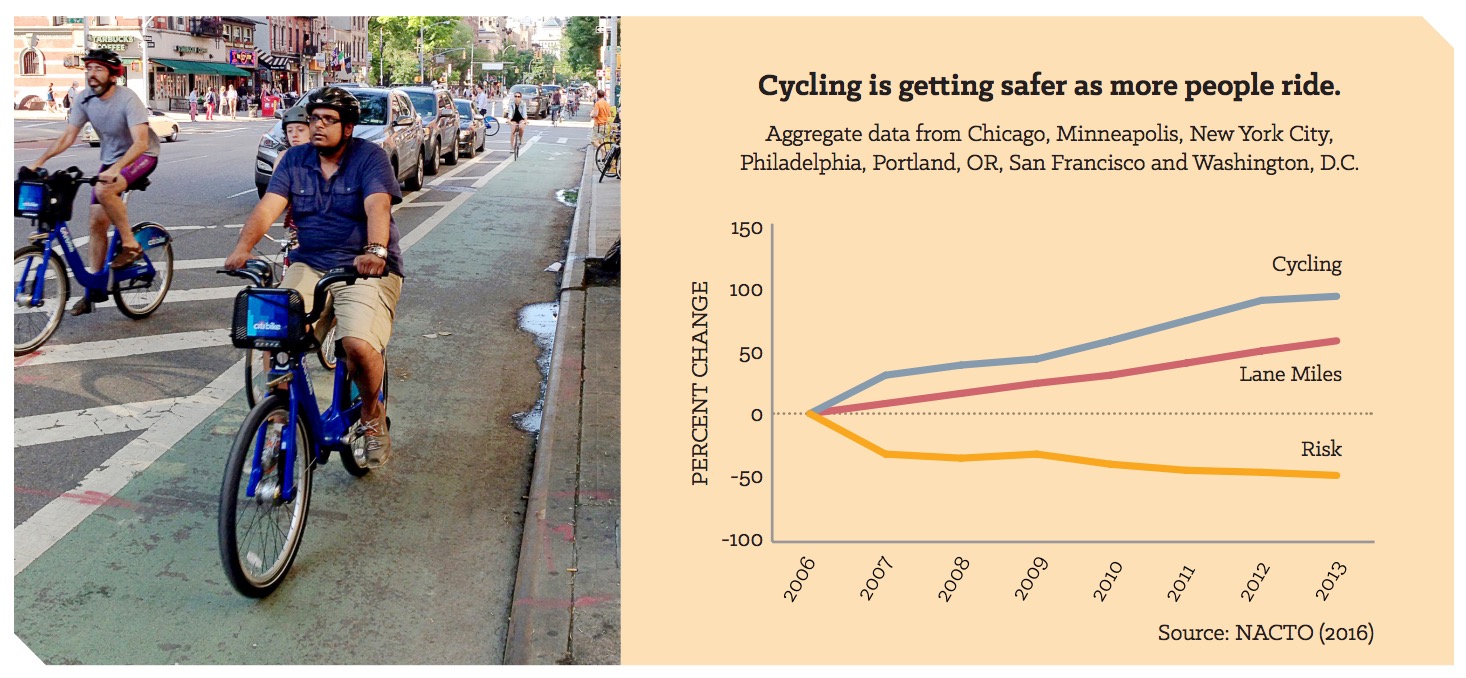
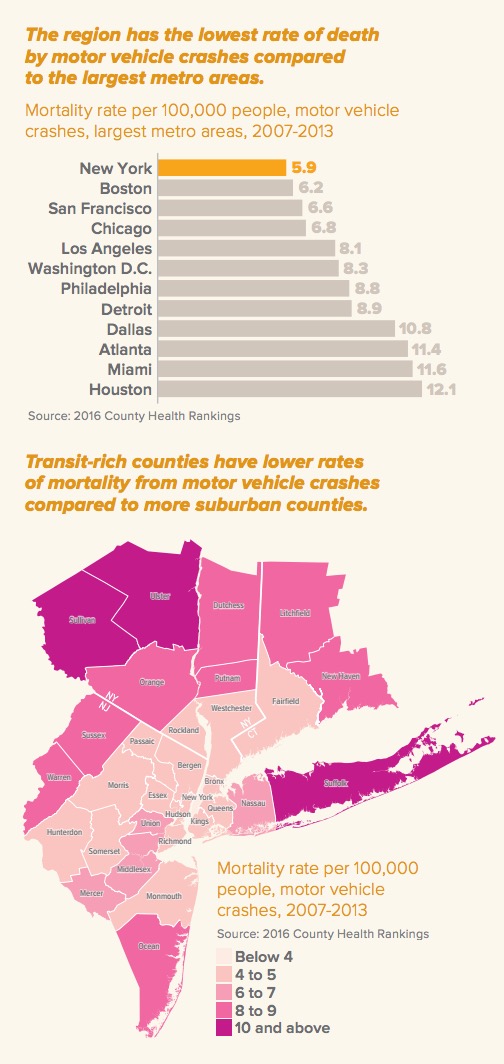
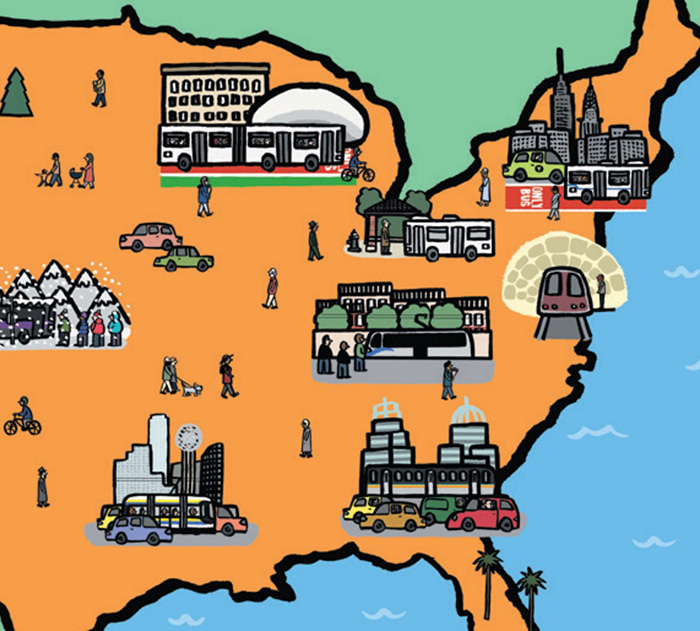
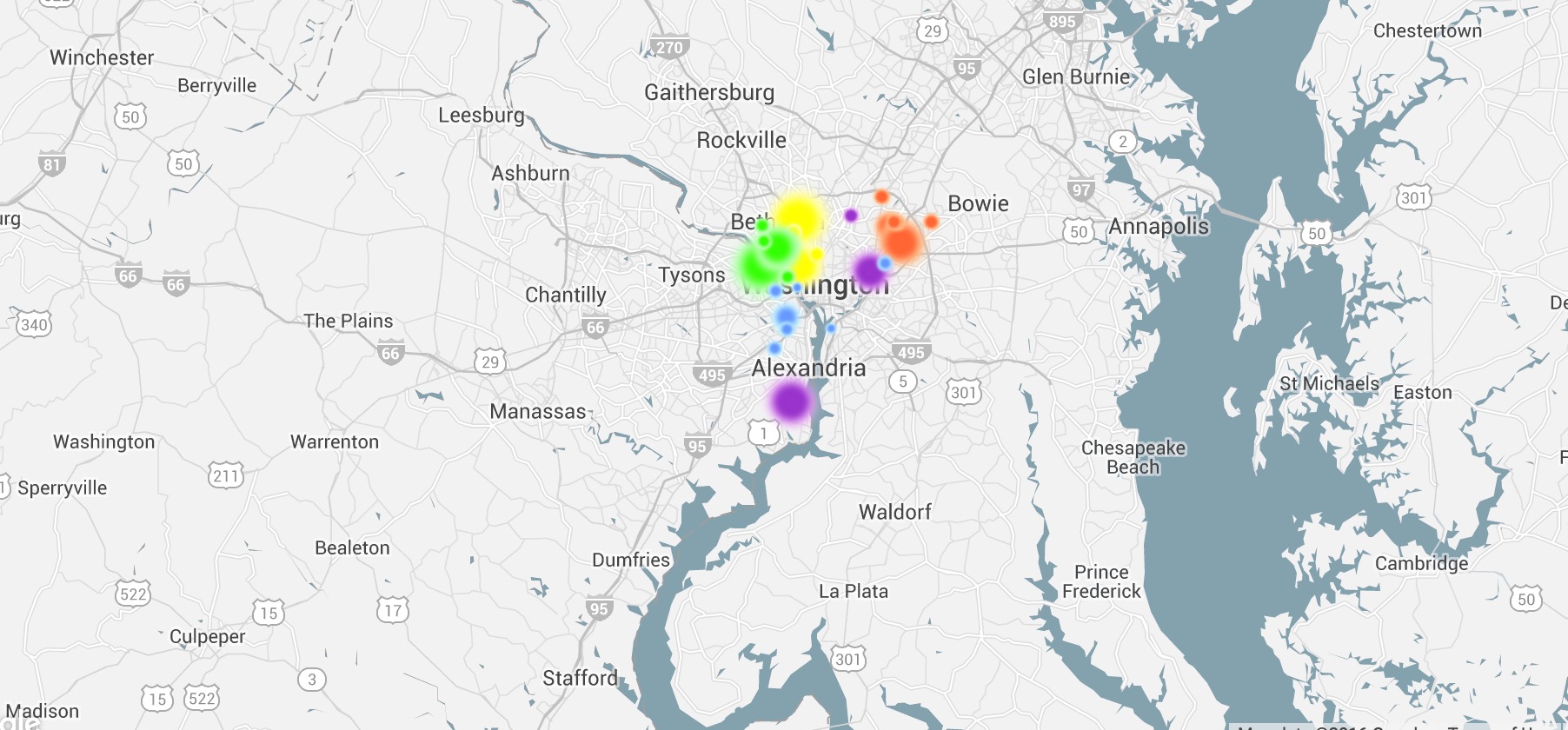
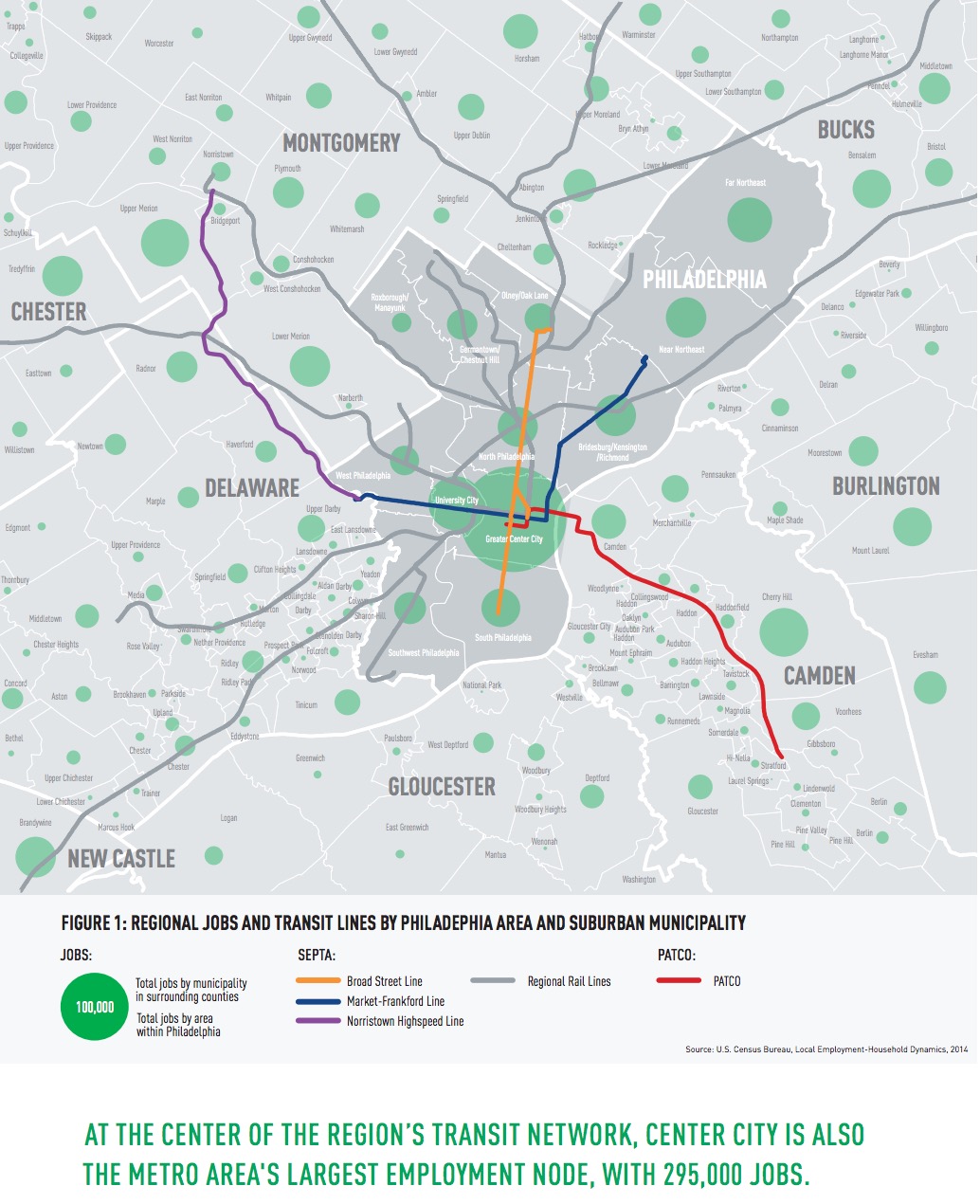




 RSS Feed
RSS Feed